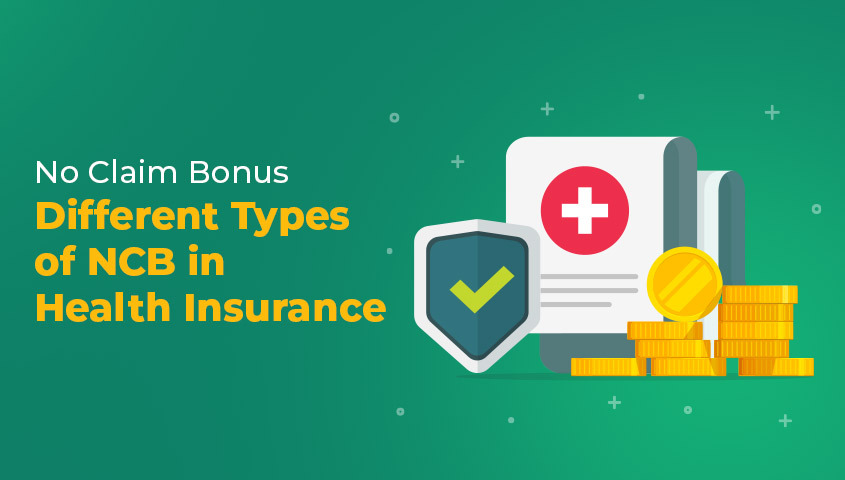-

What is Insured Declared Value (IDV) and How to USE IDV Calculator?
Table of Contents What is IDV Full Form? What is IDV in Insurance? Calculation of Insured Declared Value (IDV) Depreciation…
-

Difference Between Annuity & Life Insurance
Life is full of surprises. Understanding and planning before any unforeseen events give you the benefit of financial stability. Knowing…
-

How to Check Bike Insurance Expiry Date Online & Offline
Table of Contents When you buy a vehicle, it is mandatory to get a minimum of third-party liability insurance for…
-

Network vs Non-network Hospitals – Key Difference Between Network and Non Network Hospitals
Table of Contents Hospitalisation often triggers worry. Separation from home, medical procedures, and uncertainties about recovery can induce anxiety in…
-

Health Insurance Plans Covering Pre-existing Diseases (PED) from Day 1
Recent reports reveal that more than 101 million people in India suffer from diabetes1, especially people over the age of…
-

No Claim Bonus – Different Types of NCB in Health Insurance
The discovery of numerous diseases, high medical inflation of 14%, and unhealthy lifestyles are some of the reasons that make…
-

Waiting Period – Types of Waiting Periods in Health Insurance
Health insurance is the key to financial well-being and peace of mind. Amid rising health concerns, pandemics, poor lifestyle choices,…
-

Top 5 Financial Tips you must follow on the auspicious occasion of Diwali in 2022
The Diwali season is here and most households are fervently engaged in the Diwali cleaning procedure, a tradition that is…
-

This World Heart Day Understand The Value Of A Cardiac Insurance Policy
Celebrated on 29th September each year, World Heart Day aims to educate and spread awareness about Cardiovascular Diseases (CVD), a…


